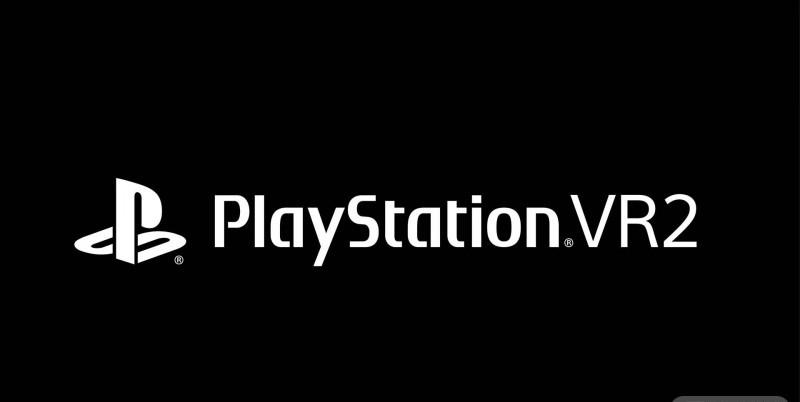On January 27, Qingting Network reported that although Sony officially announced the PS VR2 headset not long ago, only some parameters were announced, and the appearance and many details were still unknown.
Recently, Android Central posted that according to the SDCC report, Sony's PlayStation VR2 has a PPI of more than 800, which is higher than all existing VR headsets. For comparison, the PS VR1 generation has a PPI of only 193 and the Meta Quest 2 is between 200-300.

PPI is a unit of pixel density, which is determined by the number of pixels /screen size. In addition to PPI, more attention is paid to PPD in VR, that is, the degree of delicacy of the screen display and the actual look and feel (in addition, it is also related to the sub-pixel arrangement), that is, the number of pixels visible in each degree of the field of view, by the number of pixels in the same direction / FOV in the same direction.
Visually, we know that the PlayStation VR2 uses an OLED display, monocular 2000x2040 resolution, FOV of 110 °, PPD of about 20 or so. Traditionally, retinal resolution refers to PPD of up to 60.
So, what does the PPI of PS VR2 over 800 here represent? Because of its use of OLED, the well-known reason oled sub-pixel arrangement and LCD are different, the actual number of pixels under the same specification is less, the fineness is lower, so the OLED increase PPI can reduce the common screen effect of OLED as much as possible and improve visual comfort.